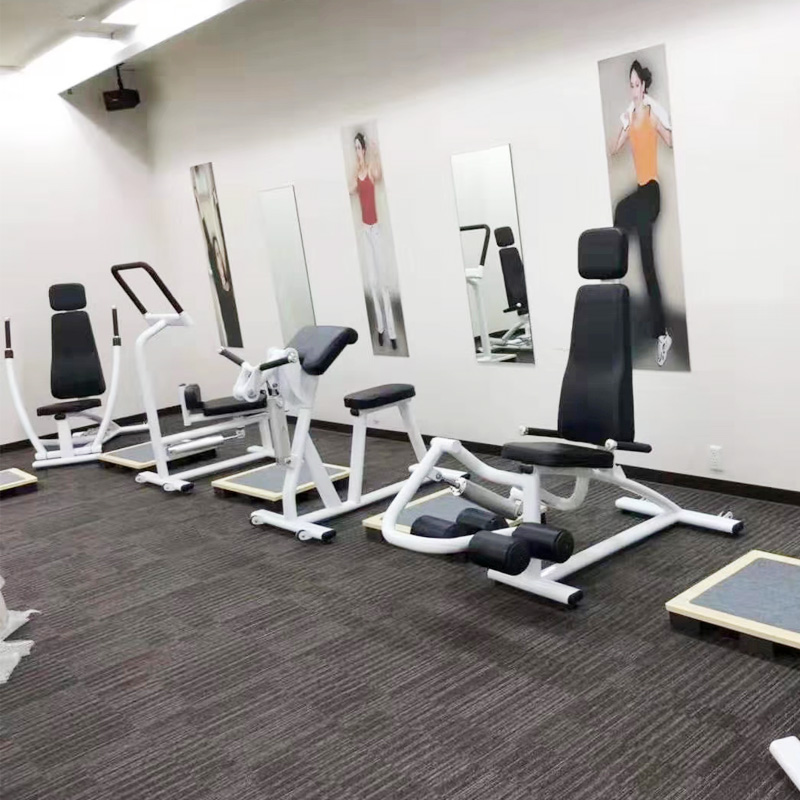Hydraulic isokinetic trainer is a device used for muscle strength training and rehabilitation
working principle
By providing resistance through a hydraulic system, the instrument can automatically adjust the magnitude of hydraulic resistance based on a preset constant angular velocity when the user performs limb movements, allowing the limb to maintain a relatively stable speed throughout the entire movement process, thereby achieving isokinetic training.
characteristic
High safety: The hydraulic system can avoid inertial impact during movement, reduce the risk of joint and ligament injuries, and is suitable for elderly, weak, and rehabilitation patients.
Convenient resistance adjustment: The hydraulic resistance system replaces traditional weight resistance, and the resistance can be adjusted with one hand by twisting the valve. The operation is simple and can be adjusted according to one's own situation at any time during the training process.
Good mute effect: It runs quietly without noise and will not interfere with the training environment.
Providing adaptive resistance: It can provide appropriate resistance at every point within the joint range of motion based on the user's muscle strength, muscle length changes, arm length, pain and fatigue, etc., to maintain appropriate tension and contraction force of the muscles, fully contract, and improve training efficiency.
advantage
Enhance muscle strength: Isokinetic training can keep muscles under resistance throughout the entire range of motion, generating muscle strength and effectively enhancing muscle strength.
Increase joint stability: It can train both active and antagonistic muscles simultaneously, enhance the strength of muscles around the joints, and improve joint stability.
Improving muscle control and coordination: Performing muscle contractions at a constant speed helps muscles better coordinate and control strength, enhancing motor skills and movement quality.
Scope of application
Widely used in the field of rehabilitation, such as orthopedic rehabilitation, neurological rehabilitation, sports medicine rehabilitation, elderly rehabilitation, etc., it is suitable for patients with limited joint activity and decreased muscle strength after fracture surgery, joint incision and drainage surgery, prolonged immobilization time, artificial ligament implantation, spinal cord injury, stroke, peripheral nerve injury, sports injury, etc. It can also be used for strength training for healthy individuals and athletes.
